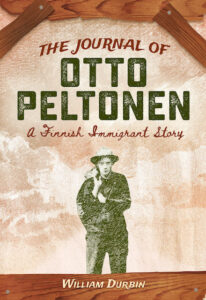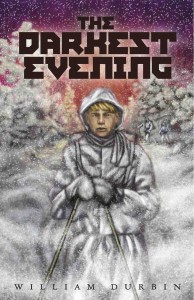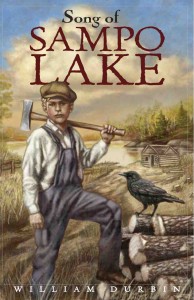February 27, 2021

The Journal of Otto Peltonen, originally published as a part of Scholastic’s My Name is America series, is now available in paperback from the University of Minnesota Press.
Otto’s life, as recorded in his journal, offers a vivid portrait of the Finnish immigrant experience in Minnesota during the early twentieth century.
After journeying across the Atlantic with his mother and two sisters, young Otto Peltonen joins his father, working in the iron ore mines on the Mesabi Range in northern Minnesota. Otto not only experiences the harsh labor conditions that were common at the time, but he also discovers that United States Steel, the owners of the mine, will do anything to prevent the workers from organizing a union and earning a fair wage. To guarantee that fact, the company has instituted an industrial spy system, which pays bribes to workers who are willing turn in their friends and neighbors. When a sudden mining strike causes community-wide hardship, Otto and his family resolve to seek the freedom they had originally hoped to find when they first came to America.
“Historical notes and authentic photos round out this captivating, dramatic view of the past.” Booklist
Category: book reviews, bookstoresTags: historical fiction, immigration, social justice, unions, worker rights |
July 8, 2012
When I published my first novel, The Broken Blade, in 1996 I had no idea what a small chance I had that my book would go through 25 printings and remain available as it still is today. Back then I naively assumed that once Random House released a book, most of the book stores, libraries, and schools in the country would automatically snap it up. Then after the hardcover run it would be released as a paperback, and the title would be available from then on.
The truth is, most books with major publishers go out of print very quickly, and for a book to stay in print, a number factors come into play, including the amount of publicity the publisher invests in the book (and publishers, ironically, only set aside big publicity budgets for titles that they know will sell well), how well the book is reviewed, the awards it receives; and of course, the main factor–how many copies it sells. If none of the above turn out to be favorable, the book goes through a printing or two as a hardcover. Then the title is remaindered, and it simply fades away.
Fortunately for me, The Broken Blade was reviewed well, won the Great Lakes Book Award and the Minnesota Book Award, and was adopted by many schools as a part of their English and social studies curricula. However, not all of my books have fared so well. Two of my titles that got good reviews but didn’t sustain the necessary sales were The Darkest Evening and Song of Sampo Lake. Luckily, the University of Minnesota Press recently decided that both those titles had the literary and historical merit to deserve a second chance. They were both re-released as a part of the Fesler-Lampert Series and are now in the company of classic works by Sigurd Olson, Wanda Gag, and Helen Hoover. It will be fun for me to see how the these titles do during their second life with the U of MN Press.


Category: PublishingTags: books, historical fiction, middle grade novels, publishing, reprinting, University of Minnesota |



